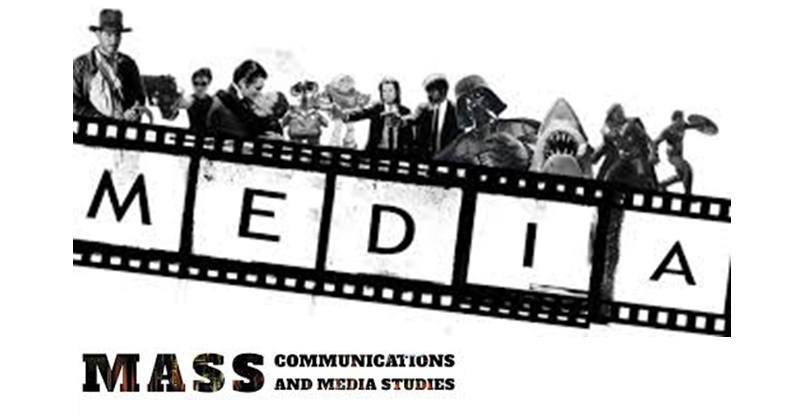
The evolution of Hindi films, from the first film Raja Harishchandra, to the golden age of Bollywood, and to the modern times.
Cinema is an integral part of the lives of Indians, and a great source of joy and excitement. Even in the first few decades of its existence, Hindi films managed to capture the fascination of Indians.
GET INSTANT HELP FROM EXPERTS!
- Looking for any kind of help on your academic work (essay, assignment, project)?
- Want us to review, proofread or tidy up your work?
- Want a helping hand so that you can focus on the more important tasks?
Hire us as project guide/assistant. Contact us for more information
While films have evolved a lot over the years in terms of technology – black and white to colour, analogue to digital, zero graphics to animation, and so on, Hindi films have also evolved in terms of the content that it depicts.
Beginning of Indian cinema
The development of Bollywood dates back more than a century.
- Dada Saheb Phalke, considered to be the “Father of Indian cinema”, makes the first Indian film “Raja Harishchandra” (1913 silent film).
- Alam Ara directed by Ardeshir Irani was the first motion picture with sound (released on March 14, 1931)
- ‘Kisan Kanya’ directed by Moti B Gidwani in 1937 was India’s first colour film.
When the industry first took off, it was a time when the medium was used majorly for two purposes.
- First was to do social commentary at the then situation of the country. These stories were more rooted in reality and spoke about the harshness the general people of the nation had to face, such stories had characters which were relatable to the masses and so looked like an average Joe.
- Second purpose of cinema was to provide an escape from the harsh realities of the real world. The purpose was not to forget about what was happening in reality but rather to give people hope about a better future. The masses saw these movies and aspired to have a life where everything works out in the end.
The balance of these two types of cinema had a huge impact on the freedom struggle in the country. While the former films made people aware of the atrocities that the common man was facing, the latter gave them a reason to fight.
After the freedom struggle ended, the former kind of cinema started to slowly fade away, masses were more interested in an escape and a promise for a better tomorrow than to see the dirt and poverty of real life.
Golden Era of Indian cinema
The period between 1940s to the 1960s is considered to be as “The Golden Era” of the Indian Cinema, as well as of Bollywood.
Bengali filmmakers like Satyajit Ray, Ritwik Ghatak, Mrinal Sen and others were the pioneers of parallel cinema, which was greatly influenced by theater as well as literature.
Hindi cinema also produced some great gems in the 1950s. Films such as Shree 420, Do Aankhen Barah Haath, Naya Daur and Mother India reflected the social and political changes that were taking across a new, independent India. Actors like Dilip Kumar, Dev Anand, Raj Kapoor, Madhubala, Nutan, Nargis, Meena Kumari, became synonymous with the Golden Era.
Rise of the Commercial Films
Films with songs, dance, fight sequences started becoming popular, and post the Golden era, became the norm in Bollywood.
Masses were no longer interested in seeing films focused on poverty and other social issues; instead they wanted to see a world of fantasy. Bollywood films started depicting larger than life heroes as well as set pieces. The lead characters were no longer average looking people, but were fair, slim and beautiful.
These films were a lot more commercial (were also disparagingly known as Masala films) and even today the trend in Bollywood is to make full-fledged commercial films.
Read: How did the Hindi film industry got the name ‘Bollywood’?
Today, the Indian diaspora is a major audience of Bollywood films and continues to influence filmmakers such as Karan Johar. Bollywood films today are much bigger, have a global audience, and its influence continues to grow bigger.
StudyMumbai.com is an educational resource for students, parents, and teachers, with special focus on Mumbai. Our staff includes educators with several years of experience. Our mission is to simplify learning and to provide free education. Read more about us.
